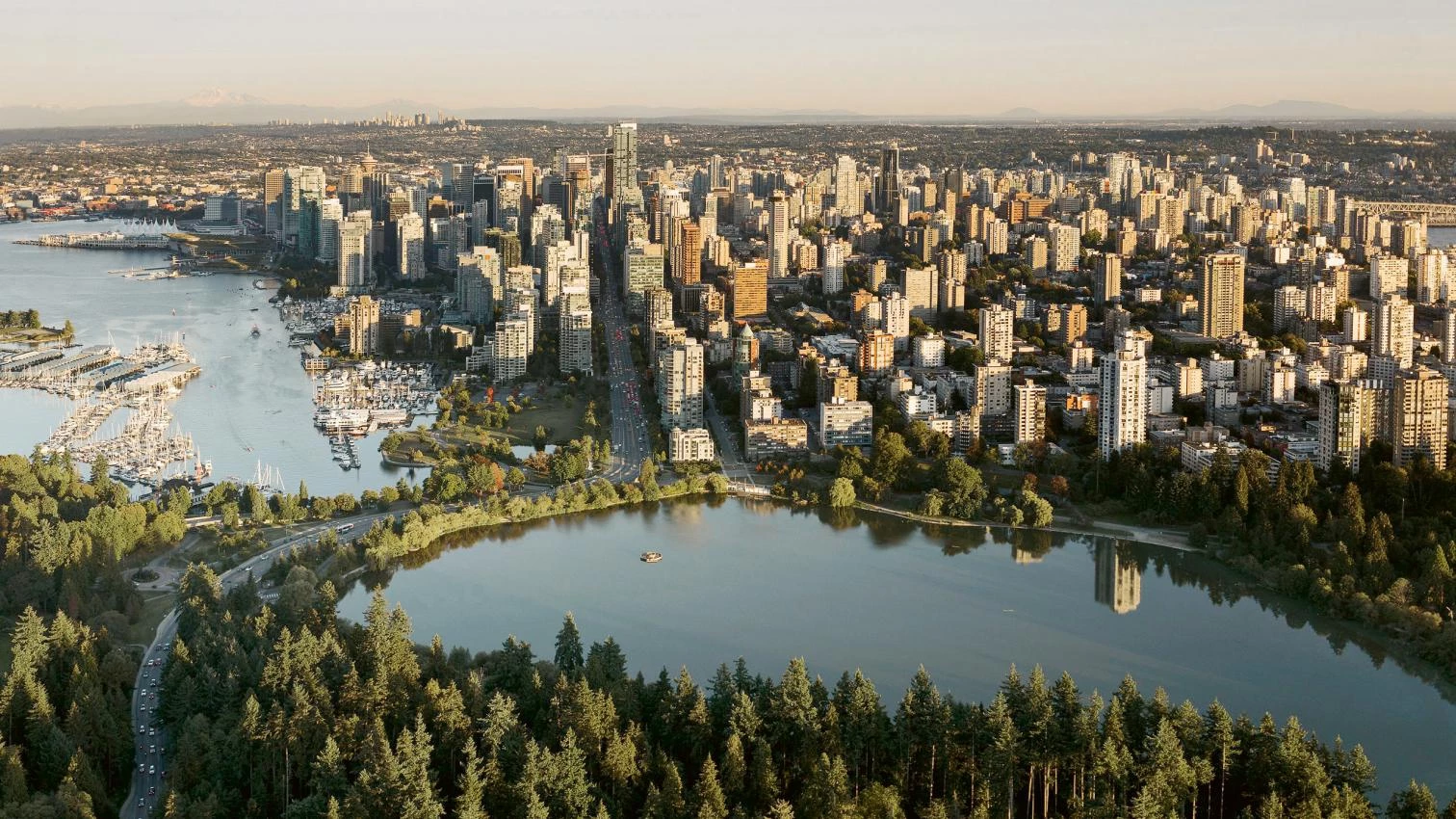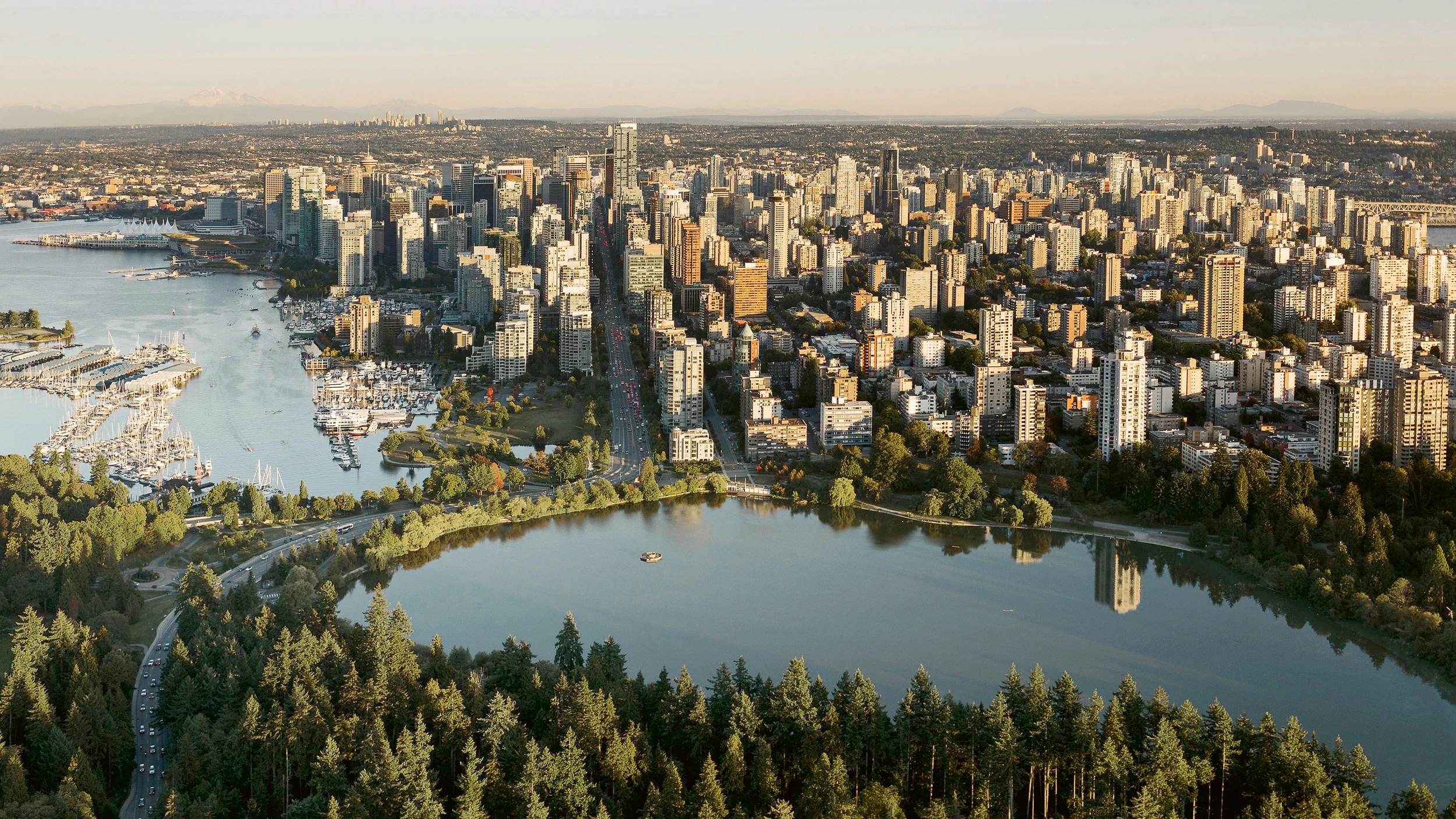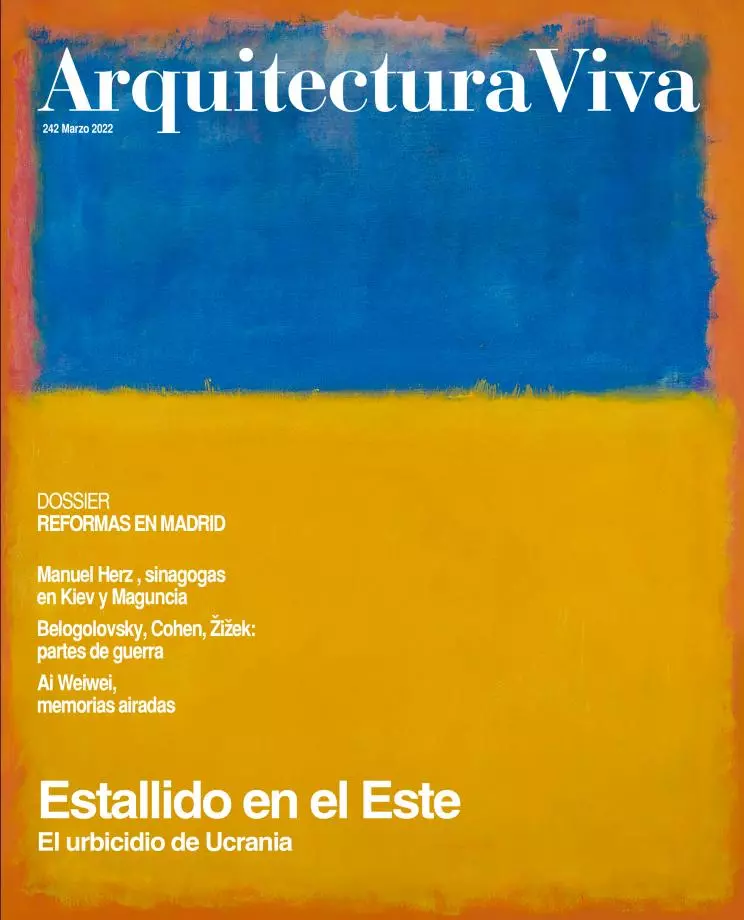
Vancouver is on territory that is hard to get to. That part of British Columbia is one of North America’s roughest regions. The city lies in the Fraser River delta, protected by Vancouver Island, the Strait of Georgia, and the abrupt Pacific coast. From inland rise the Rocky, Selkirk, and Coast Mountains, amid which the First Nations lived.
European explorers of the late 18th century were slow to reach the area. The navigator Quadra disembarked there in 1775, before Narváez, the first European to arrive by sea in 1791, and Simon Fraser, for whom the river was named in 1808. Quadra took part in the Nootka Conventions, whereby Spain gave up monopoly over trade in the Pacific to avoid war with Great Britain.
Vancouver is the subject of the ninth book in a series on cities that ACS has been publishing year by year, with Miguel Aguiló analyzing each one’s urban evolution through the territorial, natural, and strategic features that have borne upon them. His 2011 travels with Tomás de la Quadra-Salcedo, a descendent of the pioneer, is the starting point of a narrative organized in four chapters: explorers, railway workers, planners, citizens. Previous volumes, such as the ones on San Francisco or Toronto, make it possible to compare features and particularities of the urb, especially the railroad’s crucial role in the making of Canada. If for San Francisco the advent of the train in Oakland in 1869 constituted a revolution, its arrival in Vancouver in 1887 sped up the consolidation of British Columbia. The Canadian Pacific Railway planned the terminal station and named the city after the English explorer George Vancouver even before building it.
The second half of the 20th century saw the city take shape thanks to planners. Sutton Brown, Lash, Campbell, and Walker, among others, introduced the city into modernity. Densifying, renovating, hierarchizing, extending, and connecting, they pursued an urban strategy that involved consultation and participation processes Now, in the 21st century, citizens face challenges like the desire for a green city, livable and sustainable. Vancouver, the rainy city where the Coast Mountains are natural obstacles to damp air currents coming from the Pacific, offers a warm moist climate. Its tall skyline rises from coniferous forests with the Rockies behind. A unique metro system combines all railway services, connecting dense urban cores. The Canada Line was completed in time for the 2010 Winter Olympics. The Seabus and Seaplane cover water and air mobility with ferries and harbor flights. Vancouver is also the Hollywood of the north, the setting of many movies and series, not to mention a major film festival.
Vancouver was never easy to get to. Each of the four chapters addresses an arrival that transformed the city and projects it into the future. With the explorers came Europeans; with the railway hands, Canada; with the planners, modernity; with the citizens, the world. Today’s Vancouver is a revamped port city, a diverse, cosmopolitan, avant-garde cultural hub. It is still surrounded by mountains, but is now easier to get to.







